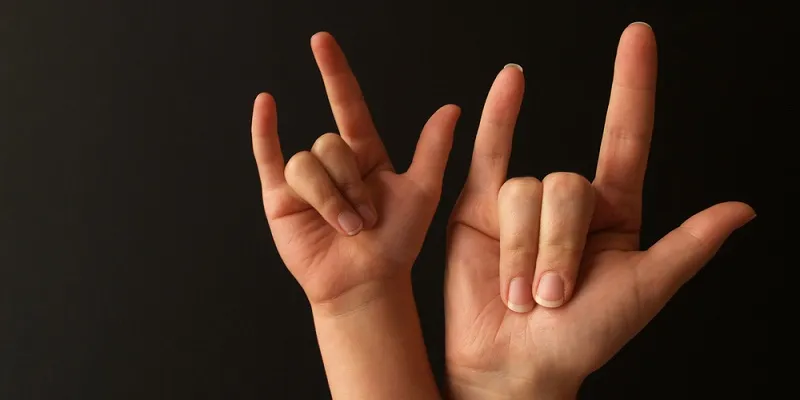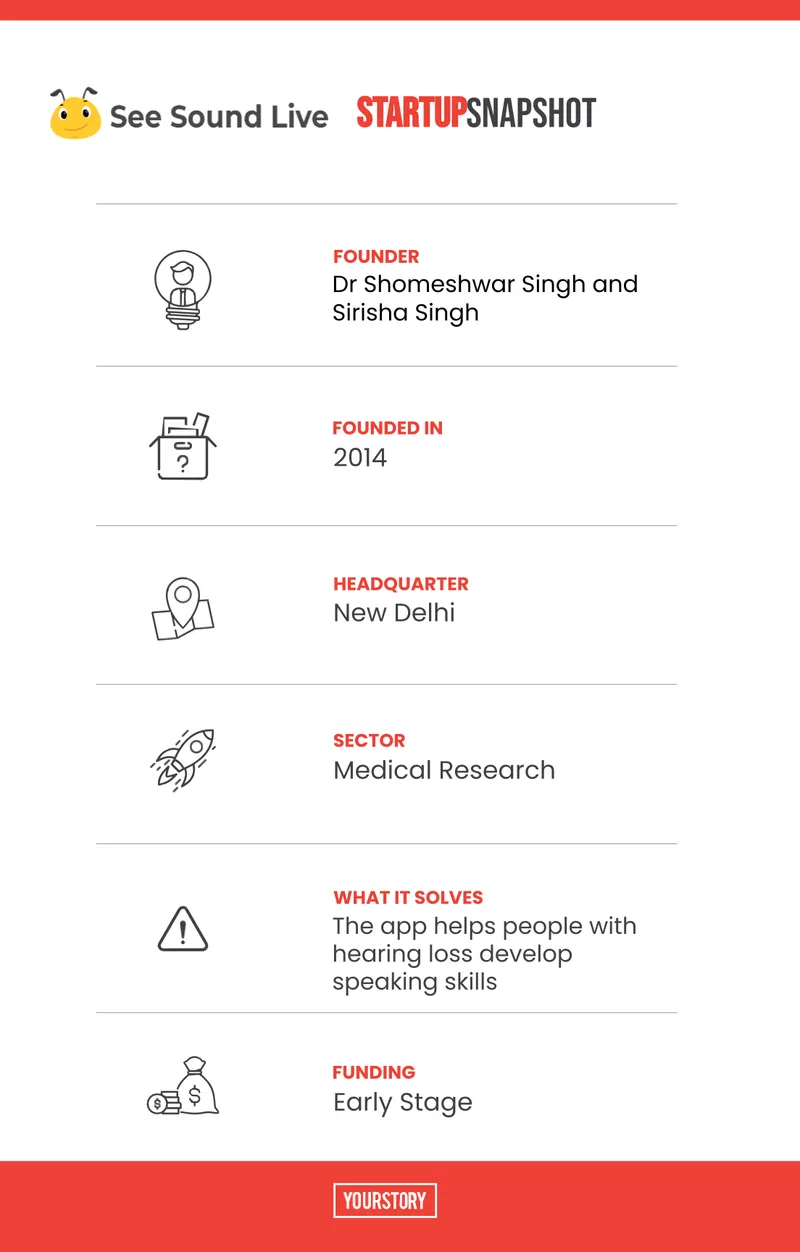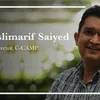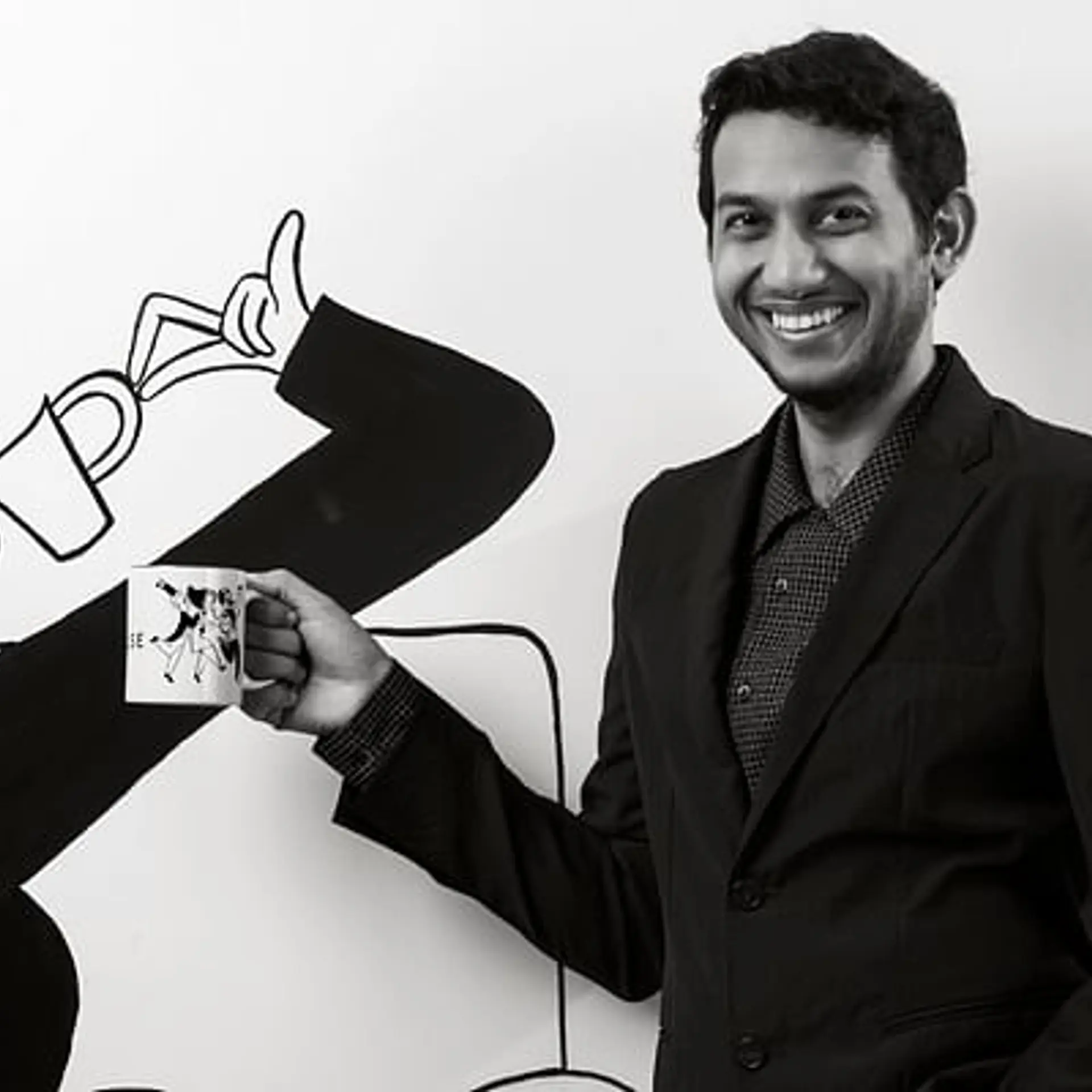This app provides visual cues to help people with hearing loss develop speaking skills
Founded in 2014, New Delhi-based 4S Medical Research’s mobile application See Sound Live provides people born with hearing loss with visual equivalents for different sounds to help them develop speaking skills.
Hearing impairment and deafness is a common congenital disability in India. According to media reports, it is estimated that over 27,000 children are born deaf every year in India.
People who are born deaf unfortunately also have trouble in speech development as they are not able to hear their sounds – an important factor in learning speaking skills.
Entrepreneur and ENT Surgeon Dr. Shomeshwar Singh and Sirisha Singh explains that while cochlear implant surgery can help children get back their hearing senses, the procedure is not only extremely expensive but mostly needs to be done before the child turns five years old. If the child is older than 5 years, it is more likely that their brain will not be able to process sound even if the surgery is done.
Dr Shomeshwar, however, wanted to help children develop their speech even without the surgery aid and even if they had crossed the age threshold.
Visual senses in children with hearing loss are stronger, which is why Dr Shomeshwar launched to help provide a “visual avatar” to a sound, helping people get audio feedback via visual cues.

Image: Shutterstock
Founded in 2014, New Delhi-based 4S Medical Research offers a mobile application called See Sound Live. The application helps provide virtual feedback to children with hearing impairment when they speak on the app, helping improve their speech.
“For our brain to generate sound, we do not need to teach it how to speak. We only need our brain to understand what it needs to speak. So, if the brain can get the dataset of what it needs to speak, it will do so on its own. Therefore, fundamental to making any sound and speaking is that the brain should receive all the information, which we naturally get through hearing. Now, we are providing this information through visual cues. Once the brain receives the information, it can automatically put it together to develop the speech,” Dr Shomeshwar explains.
4S Medical Research won the Digital Health cash prize of Rs 5 lakh sponsored by HealthVenture as a part of C-CAMP’s National Bio Entrepreneurship Competition (NBEC) in 2019.
“4S originally was incorporated as my research arm with Rs 1 Lakh capital in 2014. But in 2017 once I conceived See Sound Live, it has been completely engaged in its development. Since then we have worked with Rs 80 lakh from govt grants, Rs 75 lakh of angel investment, about Rs 30 lakh of my personal investment and the 5 lakh cash prize,” he adds.

Image Credit: 4S Medical Research
Helping develop speech through visual feedback
People make sounds and receive auditory feedback from the external world, which helps them understand or process what the sound means. People born with hearing loss do not get this feedback, and thereby do not understand what the sound means.
The See Sound Live application helps provide this feedback using a colourful pattern. When the users speak using the application, they see a pattern every time they make a sound. Therefore, their sound becomes a pattern for them.
“For example when the user utters Ma, they see a colourful pattern on the screen; every time they make this sound, they see the same pattern. So when their mother comes to them when they utter this sound, they connect their speech, the pattern, and the feedback together. So the pattern that the users are seeing is the perception of the sound that we generally hear,” Dr Shomeshwar explains.
He adds that initially, users will start by making one or two sounds such as “aa”, “ee”, or “oo”. With practice, they will eventually learn the basic sounds and make words by joining sounds.
However, Dr Shomeshwar explains that explaining the concept is challenging for the team. One of the major challenges is that generally asking a deaf person to talk is considered rude. Apart from this, the idea is new and technological in nature. It might be difficult to suggest that people use assistive technology to speak.
Over the years, sign language has gained popularity for communications so people may tend to prefer using it rather than trying to speak. In order to address this challenge, Dr Shomeshwar says See Sound Live is reaching out to the adult target audience by putting forward this technology as a second language or a second option beyond sign language. For children, it is looking to target schools for deaf children to encourage learning some spoken English or Hindi.
The Android mobile application can be currently downloaded as an APK file from the official website.
4S Medical Research aims to create a major social impact for the deaf community, and make this technology become what the Braille system is to those with vision loss.
Dr Shomeshwar says in pre-COVID times, the application was deployed to the special needs schools and was working with over 1,200 children during the trial. However, the user base dropped as the schools closed down amid the pandemic.
The platform has about 100 users at present. The startup currently has four team members and is working in collaboration with the Chennai Speech lab at SSN engineering college for research.

Illustration: YS Design
Business and more
Dr Shomeshwar says commercialising products, especially in the assistive technology segment, can be challenging. Putting a high-cost fee on the download or use of the application can discourage users from adopting the technology.
At present, users have to pay a one-time cost of $100 while downloading the mobile application. Discounts are offered to those who need them.
The startup had received grants and funds from the government for challenges and programmes to build and prototype its product. Now, it is looking to raise a larger round of funding to scale up its product and also commercialise it.
“I don’t see our product making a lot of money but it will make a social impact. So we are very cagey with whom we talk about raising funds. We need investors for whom profitability is not that important,” he explains.
According to reports, the global market for disabled and elderly assistive technology was estimated to be $23.3 billion in 2020. The market is expected to reach $32 billion by 2026, growing at a CAGR of 5.6 per cent.
Dr Shomeshwar reveals that the startup aims to reach every special needs school in India and expand its services in the US market.
Edited by Teja Lele









